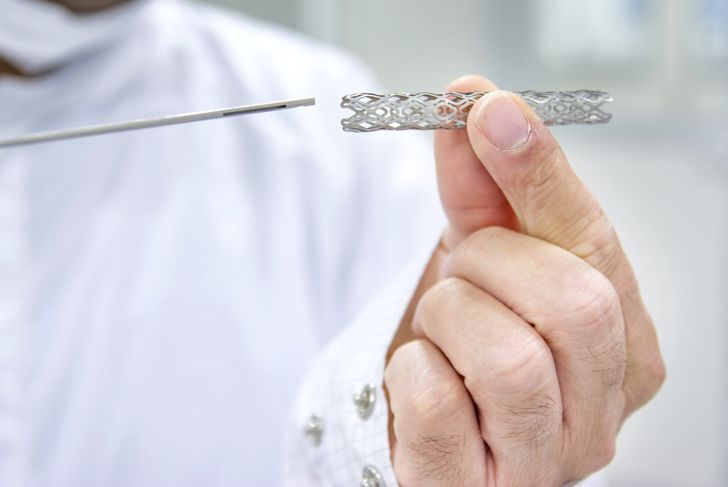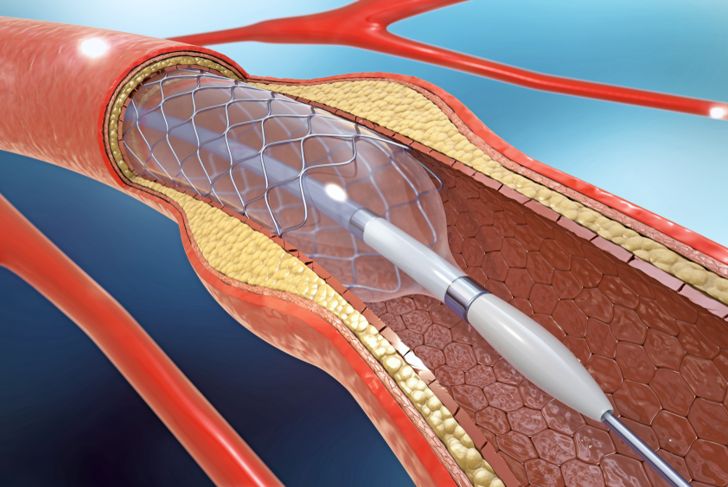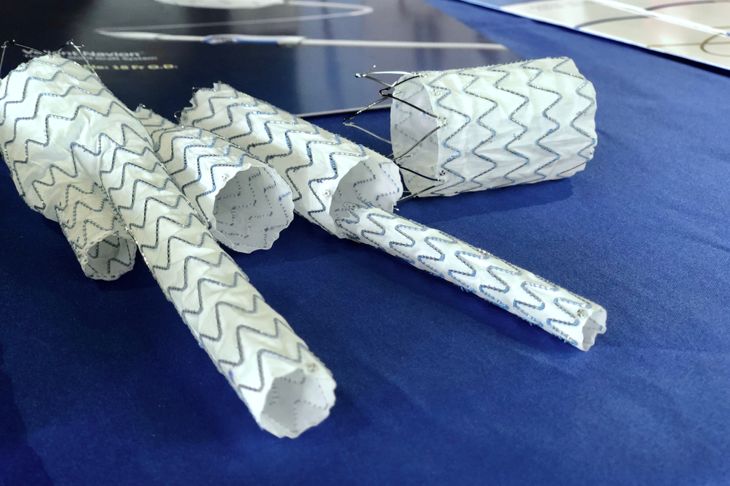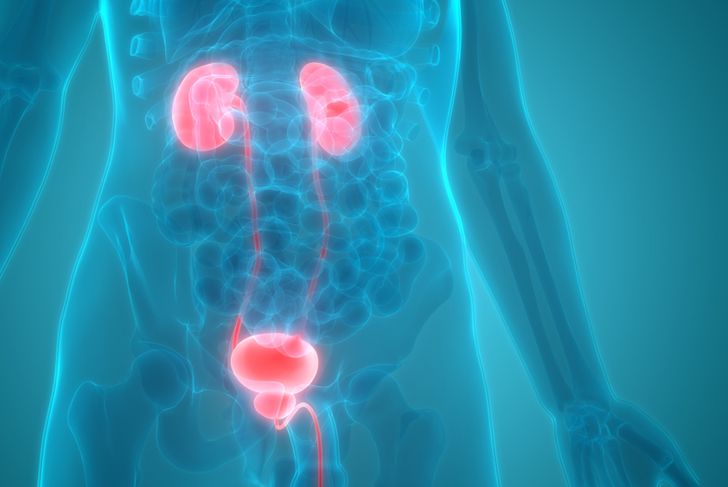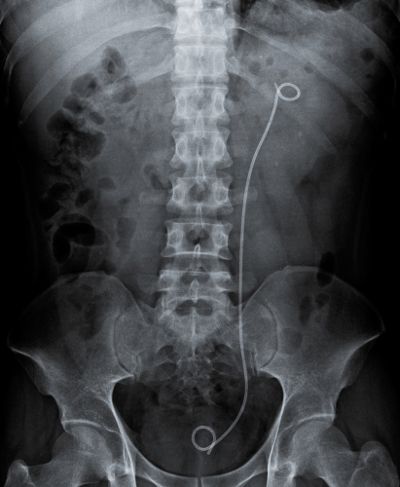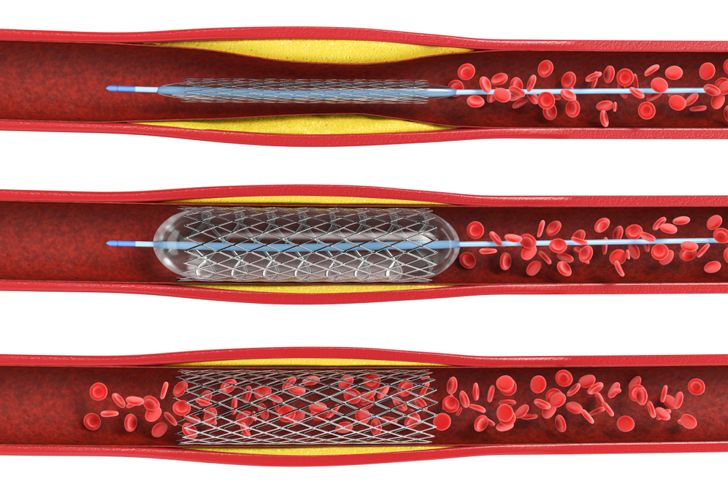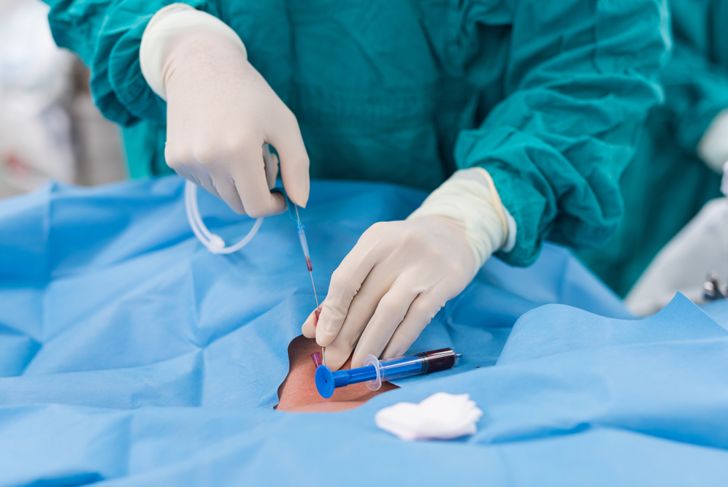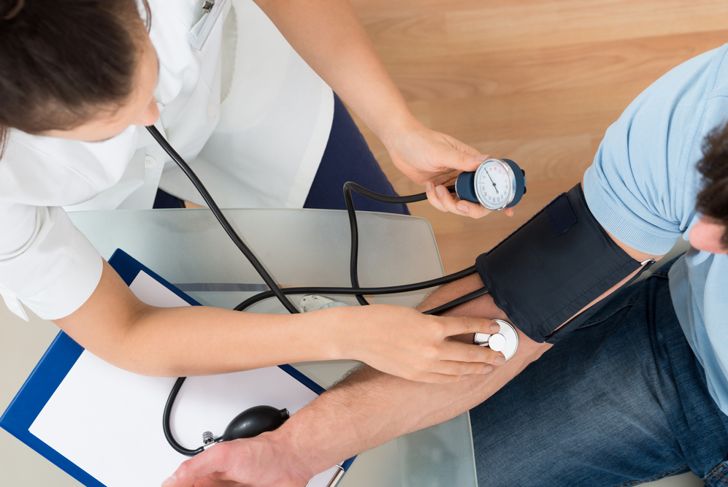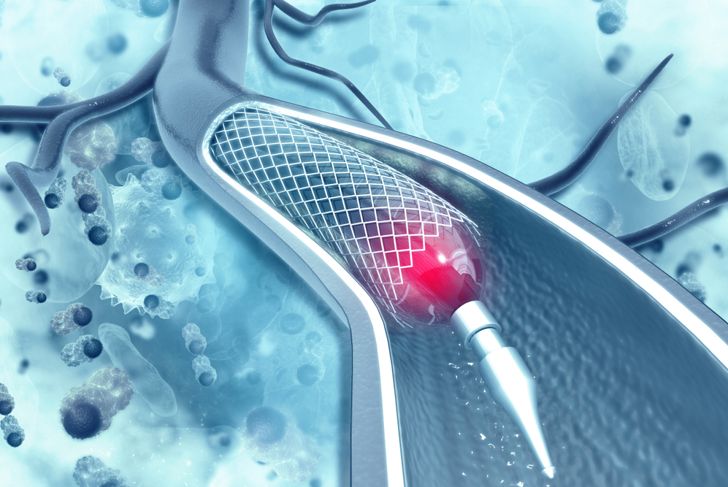Stents are specialized medical devices that hold open the various passages of the human body, usually to allow the proper flow of bodily fluids. The most common application of a stent is to improve blood flow. A stent can consist of a variety of materials depending on the goal of treatment and where the doctor will place it in the patient.
Coronary Stent
Surgeons will place a coronary stent during coronary angioplasty, a procedure that widens the heart’s blood vessels to eliminate blockages and improve blood flow. Typical coronary stents include:
Drug-eluting stents: most common type; has a medicinal coating that releases into the bloodstream
Bare-metal stents: simple tubes, metal mesh
Dual-therapy stent: newer type; interior, and exterior medicinal coating, uses an absorbable polymer
Vascular Stent
Vascular stents are quite similar to coronary stents, though they treat different conditions and can be used in more locations. Common sites for vascular stents include the iliac, femoral, and carotid arteries, meaning they must be more flexible than a coronary stent. Because of this, most vascular stents consist of alloys of nickel and titanium, also known as nitinol.
Stent Graft
A stent graft, also known as a covered stent, is a type of vascular stent with a unique leak-proof polyester covering and a metal mesh support. This means the tube is entirely contained within the covering but is still expandable like a bare-metal stent. Stent grafts help reinforce weak spots in the arteries. The fabric covering allows the stent graft to tightly seal to the surrounding blood vessel.
Ureteral Stent
The ureters are tubes that send urine from the kidneys to the bladder. Ureteral stents ensure the ureters remain unobstructed. In some cases, ureteral stents are temporary measures to avoid kidney damage while waiting for a more permanent procedure. These stents are often much longer than other types because they match the length of the affected ureter. Recently, ureteral stents using coatings to reduce infections have increased in popularity.
Uncommon Stents
A variety of other, less common stents exist.
Prostatic stents allow the drainage of the bladder through the penis.
Colon and esophageal stents can improve the quality of life for people with advanced cancers.
Pancreatic and biliary stents enable proper drainage from the pancreas, gallbladder, and bile ducts.
Doctors can mold silicone stents to specific shapes, usually to temporarily improve airflow in the airways.
Conditions Requiring Stents
Stents can treat a range of conditions depending on where they are placed. Most stents bypass blockages such as blood clots, kidney stones, gallstones, and narrow blood vessels. Stent grafts help treat conditions like aortic aneurysms that weaken the blood vessels. Esophageal stents can keep the esophagus open to allow for the swallowing of soft foods and liquids.
Inserting a Stent
A doctor has several ways to insert a stent. Usually, the process is minimally invasive. The doctor makes a small incision in the groin or arm and inserts the stent, often using a camera to guide the procedure. Angiograms can provide additional images of the process. Some stents, such as prostatic stents, may not require an incision. Instead, a medical professional will insert it through the urethra.
Preparing for a Stent
When a person is going to receive a stent, their doctors will provide information detailing whether the patient should stop eating or drinking, when to take their medications, how long the hospital stay will be, and what to do after the procedure. Patients are asleep for most stent procedures and will likely need someone else to take them home.
Living with a Stent
Following the doctor’s instructions after receiving a stent is essential. Usually, this includes taking prescription medications, following a specified diet, and getting regular medical checkups. Remain aware of any possible symptoms of the condition that required the stent. Try to maintain a healthy weight and eliminate habits such as smoking. Learn the warning signs of stent complications and have a plan to receive treatment if necessary.
Potential Complications
Stents are usually safe and complications are rare. However, they do have some possible risks. Vascular stents that use traditional metal materials can lead to blood clots, allergic reactions, or inflammation scarring. Drug-eluting stents have fewer risks and may be more effective than bare-metal stents. Blood may temporarily appear in the urine in response to ureteral or prostatic stents. Vascular and coronary stents can cause arrhythmia and discomfort, in rare cases. Though rare, a heart attack or stroke is possible.

 Home
Home Health
Health Diet & Nutrition
Diet & Nutrition Living Well
Living Well More
More